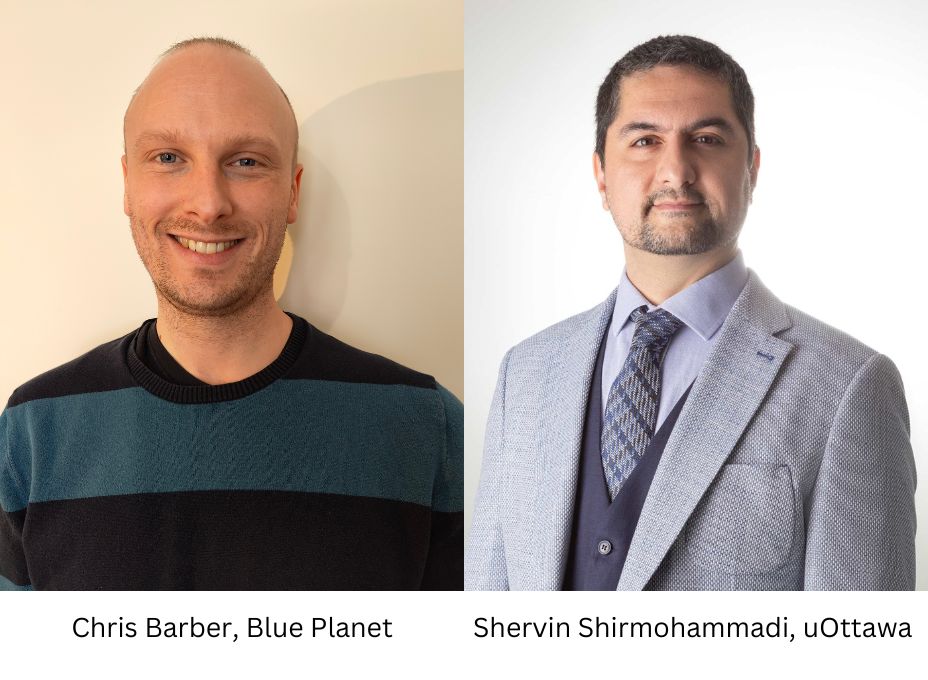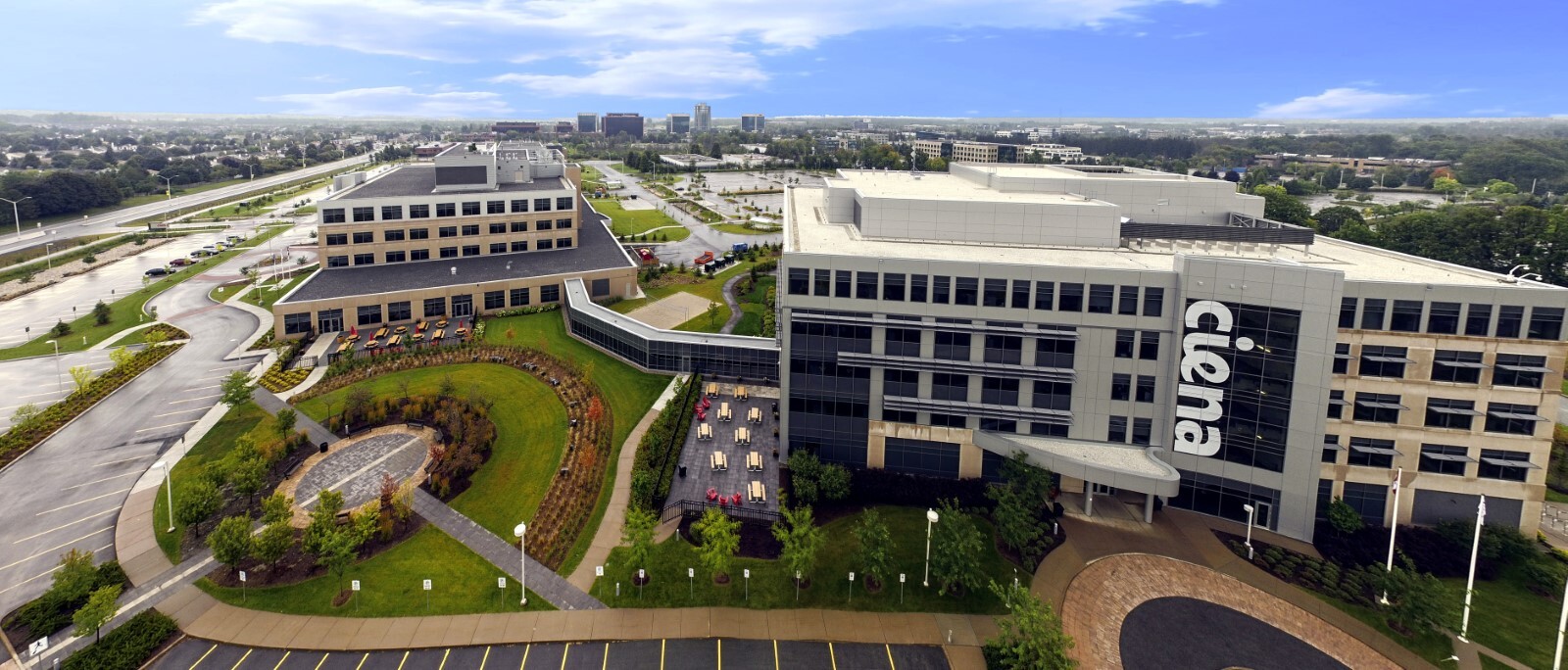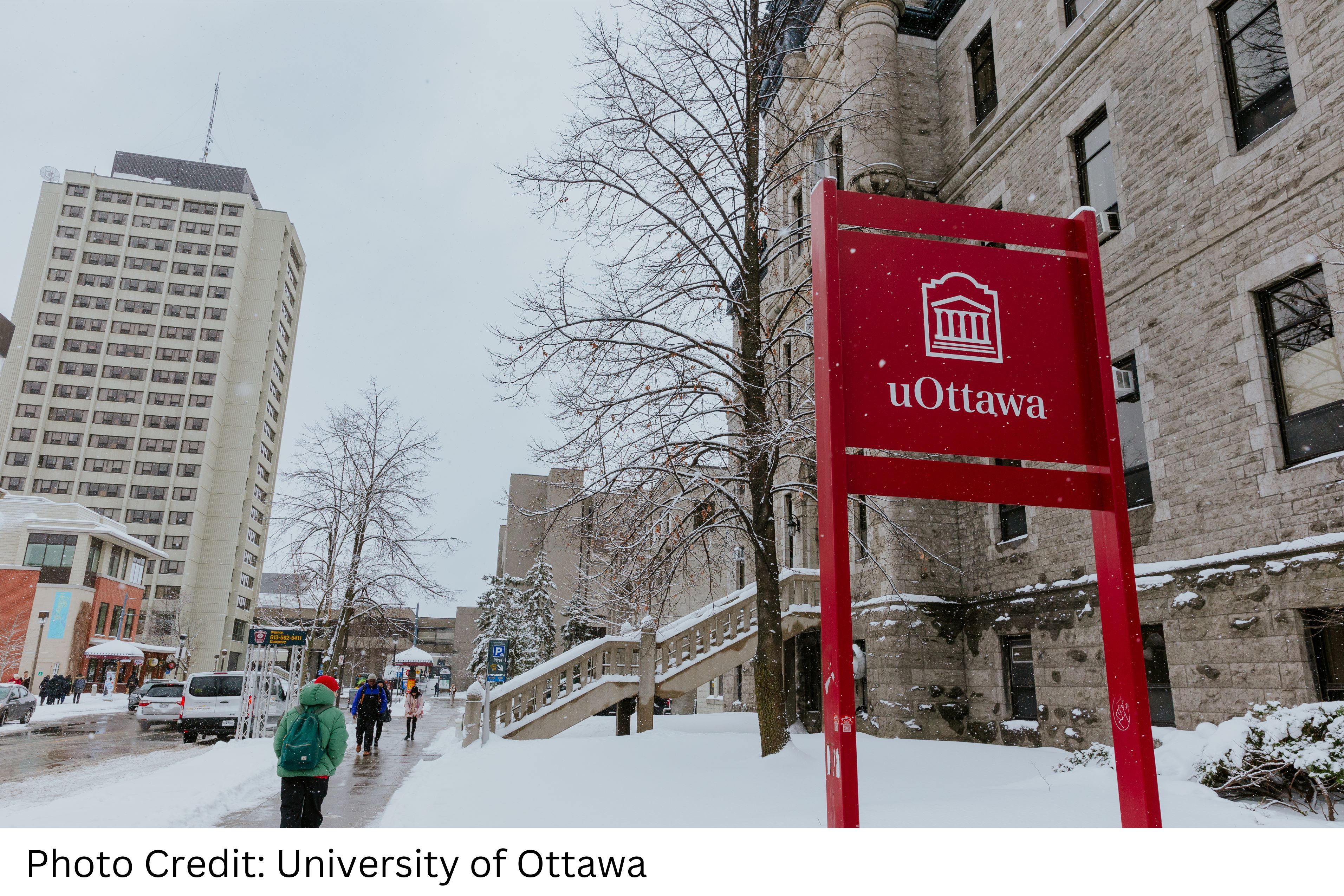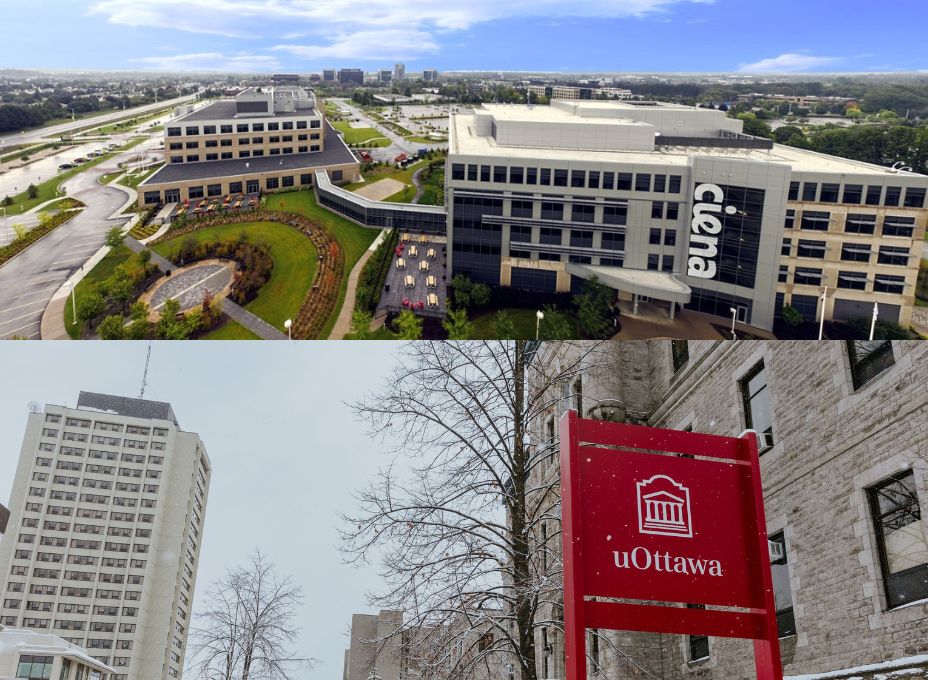Discover how a collaboration between our research and development team and the University of Ottawa led to innovative new breakthroughs in AI.
Bringing the best minds together with collaboration
 Research is an essential component of what we do at Ciena. It’s how we ensure we’re at the cutting-edge of technology and that we can continuously offer the best possible products and services to our customers. One way we do this is by collaborating with local universities. These collaborations help bring fresh perspectives into our ecosystem and help maintain our position as a partner in the world of technological innovation. The diverse, new ideas presented by graduate students in these universities can help us creatively advance our technology today, while the learning opportunity presented by Ciena helps train the next generation of researchers in a real-world industry context.
Research is an essential component of what we do at Ciena. It’s how we ensure we’re at the cutting-edge of technology and that we can continuously offer the best possible products and services to our customers. One way we do this is by collaborating with local universities. These collaborations help bring fresh perspectives into our ecosystem and help maintain our position as a partner in the world of technological innovation. The diverse, new ideas presented by graduate students in these universities can help us creatively advance our technology today, while the learning opportunity presented by Ciena helps train the next generation of researchers in a real-world industry context.
Our Blue Planet team recently completed a research project in collaboration with the University of Ottawa. This project had the goal of using AI to automate the actions network operators can take to solve problems with their networks. Instead of manually trying to resolve an issue, an AI machine learning model could learn from previous encounters and then apply that knowledge to solve the current problem quickly.
The collaboration with the University of Ottawa resulted in a successful new AI model that can quickly diagnose and solve certain network issues as they arise. The most exciting outcome of the project was the unexpected approach taken by the AI model—it chose a path that a human decision-maker would have avoided, and yet this approach ended up leading to the best performance.
Making breakthroughs: how “curiosity-driven” work leads to results
This innovative outcome is the result of what project team member Chris Barber, Senior Manager, Data Science describes as “curiosity-driven” projects. Curiosity-driven projects come about when the team starts with a set of data and works to explore what outcomes are possible using this data. This approach differs from the usual project style, where a desired outcome is the instigating factor, and the team has to work backward to solve the problem within the parameters of the situation.
Having that ability to explore and come up with new ideas and hash them out and see where they go is a lot of fun, and it leads to a lot of innovation.
Part of what makes these projects successful is what he calls the team’s “fail fast” approach. The idea is to determine quickly whether an open-ended project has the potential to produce something useful. If the team can tell as soon as possible that a project looks like it isn’t going to pay off, they can pivot and redirect their time and resources to another, more promising project. This tactic helps the team balance risk and reward to make the most of their time and expertise.

Providing an enriching employee experience
Curiosity-driven projects are often some of the most interesting and engaging projects for our teams to work on. They are particularly fascinating when they’re done in collaboration with outside researchers, like the University of Ottawa team lead on this project, Dr. Shervin Shirmohammadi and his colleagues. Projects like these give our team members the valuable chance to work on boundary-pushing new ideas alongside brilliant collaborators.
When industry and academia work together, each team brings something unique and valuable to the table. Our team has the data and industry expertise that the university researchers need to advance their research. The students and faculty from the university introduce new ideas and an outside perspective into the Ciena context, resulting in an exciting environment where innovation can flourish.
It’s always a very relaxed atmosphere, it’s a lot of curiosity-driven ideas. Every week we get to think of new things and just explore.
Speaking on the experience of working with Dr. Shirmohammadi and the rest of his team, Chris notes that everyone involved was able to learn from each other, and both groups enjoyed working together. He remembers how the environment created when a diverse group of minds get together to creatively push boundaries is fluid, interesting, and fun for the team members.

Working collaboratively in an ecosystem of innovation
This initiative with the University of Ottawa is not the first time our team has collaborated with a university. Previously, we’ve also worked with Concordia University and another collaboration with Carleton University is ongoing.
The value of collaboration goes beyond conducting the research—this project was made possible thanks to Blue Planet working with other funding organizations who share our commitment to innovation. Both Mitacs, an organization that brings together industry, academics, and government for cutting-edge research projects, and the the Natural Sciences and Engineering Research Council of Canada (NSERC), contributed grant funding to the joint Blue Planet and University of Ottawa team in support of this work.
If you’d like to join a team that values collaboration and exploring exciting new ground, view our open roles and apply today.





